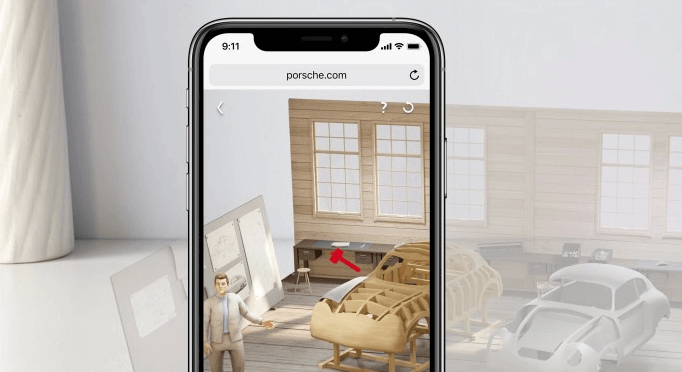How is augmented reality (AR) changing the retail and marketing landscape?

Introduction
Augmented Reality (AR) is revolutionizing the retail and marketing landscapes, providing innovative ways for brands to engage with consumers. By overlaying digital information onto the physical world, AR creates immersive experiences that are reshaping consumer expectations and behaviors. This article delves into how AR is influencing these sectors, from personalized shopping experiences to interactive marketing campaigns.
The Evolution of Retail with AR
Retailers are leveraging AR to transform the consumer shopping experience, allowing customers to visualize products in a real-world context. This not only enhances the decision-making process but also bridges the gap between online and physical stores, providing a seamless shopping journey.
Enhancing Customer Engagement through AR
AR enhances customer engagement by allowing consumers to interact with products through virtual try-ons, from clothes to cosmetics, and even furniture. This level of interaction increases consumer confidence in purchase decisions and enhances satisfaction.
Innovative Marketing Strategies with AR
Marketing strategies are being redefined with AR, offering immersive experiences that captivate consumers’ attention far more effectively than traditional advertising. AR campaigns encourage interaction and engagement, leading to higher conversion rates. For example, if you’re managing a real estate drip campaign, AR can create interactive property tours that keep potential buyers engaged and more likely to convert.
Boosting Brand Connection with AR Experiences
AR helps brands forge deeper connections with their audiences by offering unique and memorable experiences. Whether through interactive advertisements or virtual brand events, AR creates emotional ties with consumers, fostering loyalty.
Data-Driven Insights from AR Interactions
AR technologies gather real-time data from user interactions, providing marketers with invaluable insights into consumer preferences and behaviors. This data helps refine marketing strategies and personalize consumer interactions, enhancing effectiveness.
Linking Online and Offline Shopping
AR facilitates a powerful Online to Offline (O2O) strategy by allowing customers to preview products at home before purchasing in-store. This seamless integration of online and offline elements enhances the overall shopping experience and can drive foot traffic to physical stores.
Overcoming AR Adoption Challenges
Despite its potential, AR adoption comes with challenges, including technological barriers and consumer skepticism. Addressing these challenges through user education and by enhancing technological infrastructure is crucial for broader adoption.
Future Directions of AR in Retail and Marketing
The future of AR in retail and marketing is likely to see even greater integration with technologies like AI and IoT, enhancing the realism and personalization of AR experiences. This could lead to more dynamic and responsive marketing and retail environments.
The Impact of AR on Consumer Purchasing Decisions
AR influences consumer behavior by providing more information and a better understanding of products. This can lead to increased satisfaction and loyalty, as well as reduced return rates.
Promoting Sustainability Through AR
AR also offers benefits for sustainability in the retail industry by reducing the need for physical samples and enabling virtual trials, which can significantly decrease waste.
Personalization at Scale with AR
AR’s ability to personalize user experiences at scale presents a significant advantage for marketers. Campaigns can be tailored to individual preferences and behaviors, increasing their relevance and impact.
Competitive Advantages Offered by AR
Companies employing AR technologies can gain a competitive edge, differentiating themselves in the market with innovative approaches that attract and retain tech-savvy consumers.
Conclusion
Augmented Reality is transforming the retail and marketing sectors by enhancing customer engagement, personalizing experiences, and providing marketers with powerful tools to interact with their audience. As AR technology continues to evolve, its role in these industries is set to become even more significant, promising exciting prospects for the future of retail and marketing.





